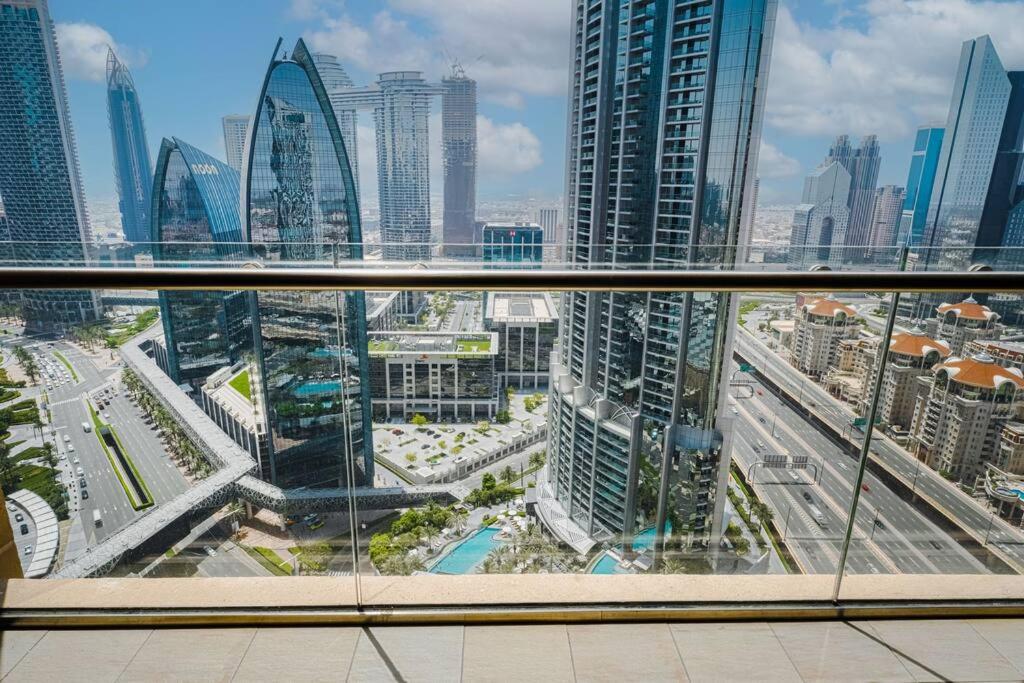
Understanding Dubai’s 15% Rent Increase: Insights into the Rental Index Update
In recent months, Dubai’s real estate market has experienced a notable shift as rental rates surge by up to 15%, driven by the latest update to the rental index. This consistent increase, which has persisted for the past 14 quarters, marks a significant change in the rental landscape of the city. The upward trend in rents is influencing tenant behaviors, with a growing number of residents opting to renew their contracts amid the rising costs. This article explores the factors behind this trend, its impact on tenants and landlords, and what it means for Dubai’s real estate market moving forward.
The Rental Index Update
- What the Index Reveals: The Dubai Rental Index, a key tool used by the Real Estate Regulatory Agency (RERA) to track and regulate rental prices, recently underwent an update that has caused a notable spike in rental rates. The index is designed to reflect changes in market conditions and provide transparency in rental agreements. The latest update, which took effect in the last quarter, has led to an average increase of up to 15% in residential rents across various neighborhoods in Dubai.
- Historical Context: The index update is part of a broader trend that has been observed for the past 14 quarters. Over this period, rental prices in Dubai have been steadily rising, reflecting a robust demand for rental properties amidst a recovering economy and a growing population. This trend has been fueled by a combination of factors including economic recovery post-pandemic, increased demand for residential spaces, and inflationary pressures.
Factors Driving the Increase
- Economic Recovery: Dubai’s economic recovery from the COVID-19 pandemic has significantly impacted the real estate sector. With increased business activities, tourism, and foreign investments, the demand for housing has surged. This increased demand has outstripped supply, contributing to the upward pressure on rental prices.
- Population Growth: Dubai’s population growth, driven by both expatriates and nationals, has led to higher demand for rental properties. The city’s status as a global business hub and its attractive lifestyle continue to draw individuals and families from around the world, further intensifying the competition for available housing.
- Supply Constraints: While demand has been rising, the supply of new rental properties has not kept pace. Various factors, including construction delays and regulatory changes, have limited the number of new units entering the market. This imbalance between supply and demand has been a key driver of the rental price increases.
- Inflationary Pressures: Inflation has also played a role in pushing up rental rates. As costs for construction materials and labor rise, property developers have had to pass these costs onto tenants, contributing to higher rents across the city.
Impact on Tenants and Landlords
- Tenant Behavior: The significant rise in rental rates has had a noticeable impact on tenant behavior. Many residents are choosing to renew their existing leases rather than move to new properties. The fear of even higher rents in the current market has made renewing leases a more attractive option for many tenants.
- Increased Renewal Rates: Data indicates a marked increase in lease renewals as tenants seek stability amidst the fluctuating rental market. The consistent rise in rents has led tenants to prioritize continuity over the uncertainties associated with moving to a new rental unit.
- Landlord Strategies: For landlords, the rental index update presents both opportunities and challenges. On one hand, higher rental rates can lead to increased rental income. On the other hand, landlords must navigate tenant retention and market competition. Some landlords are adopting strategies such as offering incentives or flexible lease terms to attract and retain tenants despite the higher rents.
Market Implications and Future Outlook
- Market Stability: The ongoing increase in rental rates has raised concerns about long-term market stability. While the rise in rents reflects strong demand, it also underscores the need for a balanced approach to ensure affordability and sustainability in the rental market. Analysts are closely monitoring these trends to gauge their potential impact on the overall real estate sector.
- Regulatory Considerations: The Dubai government and regulatory bodies are likely to continue scrutinizing the rental market to ensure fair practices and prevent excessive rent hikes. Future updates to the rental index and regulatory measures may be implemented to address concerns related to affordability and market stability.
- Investment Opportunities: For real estate investors, the rising rents present opportunities for growth. The robust demand for rental properties, coupled with the potential for continued price increases, makes Dubai an attractive market for investment. However, investors should remain mindful of market dynamics and regulatory developments that may affect their returns.
The recent update to Dubai’s rental index, resulting in an increase of up to 15% in rental rates, marks a significant development in the city’s real estate market. This consistent rise over the past 14 quarters highlights the interplay between economic recovery, population growth, and supply constraints. While tenants are increasingly opting to renew their leases amidst rising costs, landlords are adapting their strategies to navigate the changing landscape. As Dubai continues to evolve, both tenants and investors will need to stay informed about market trends and regulatory changes to make well-informed decisions in this dynamic environment.














Leave a Reply